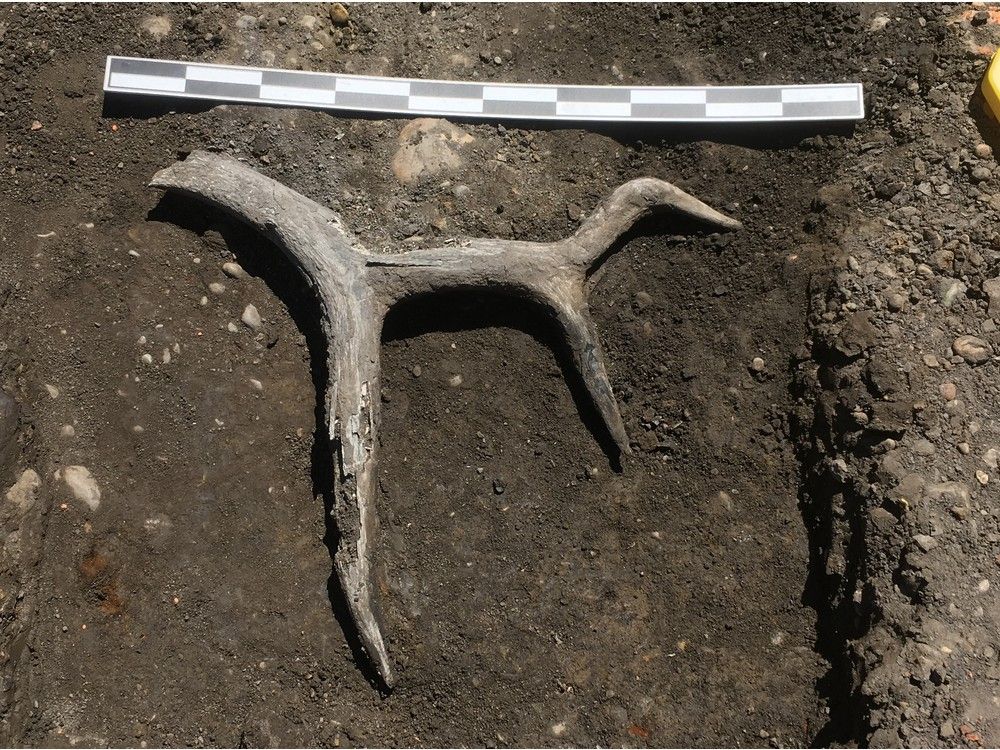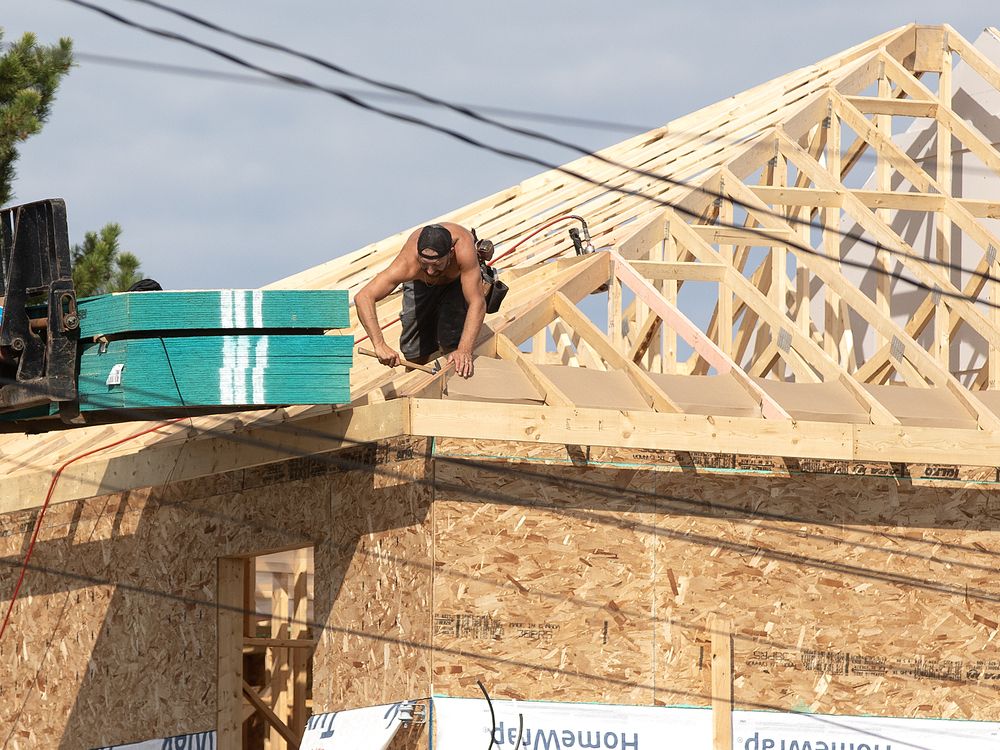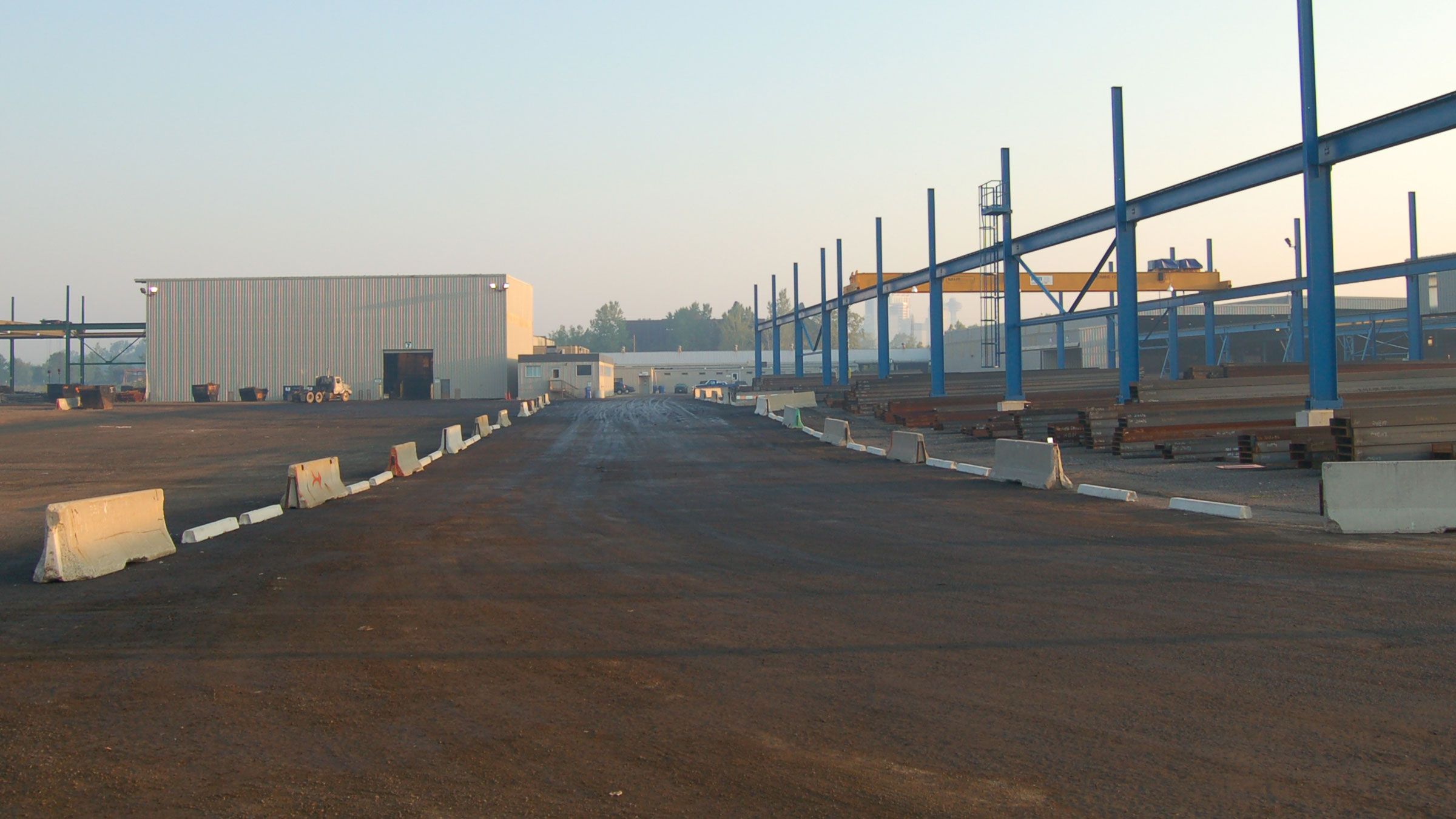Canadian trade survived the first Trump presidency. Here’s how it can survive the second
;Resize=(620))
Here we go again.
Canadian industries are bracing for chaos, discord and, above all, tariffs. Donald Trump’s sweeping presidential election victory this week sets the stage for a series of obstacles to trade between Canada and its biggest trading partner.
But for those who spent much of Trump’s first term defending Canadian interests in a trade war, there is an eerie sense of déjà vu.
“We have that history and experience to draw on,” said Catherine Cobden, president and CEO of the Canadian Steel Producers Association.
Back in 2018, Trump slapped a 25 per cent tariff on steel imports.
Eventually, Canadian negotiators convinced the Republican president to give Canada an exemption. Cobden said Canada is one of the only countries to negotiate a break.
“The reason we determined that tariffs should not exist between Canada and the United States is that we learned they were doing harm on both sides of the border,” she told CBC News.
Some of Canada’s biggest industries are already strategizing on how to deal with U.S. president-elect Donald Trump’s threats to impose stiff tariffs on all goods entering the U.S. Economists say Canada’s GDP could be cut by as much as five per cent.
Since then, Canada has levied steep tariffs on China and introduced new rules to make it clear where steel is coming from. Both measures, Cobden said, should help make it clear that Canada and the U.S. have more in common than the incoming president may think.
“I’m not going to say I’m hopeful, because there’s a bunch of uncertainty. But I do feel like we have an opportunity to take the good work we’ve done … and stand up and be united with the United States,” she said.
Canadian industry has weathered Trump before
That tactic sounds very familiar to Flavio Volpe, president of Canada’s Automotive Parts Manufacturers’ Association, who was among those on the front lines of the trade disputes of the first Trump presidency. He said Trump expected the renegotiation of the North American Free Trade Agreement would take six or seven weeks. It took 13 months.
Volpe focused his efforts on highlighting how half the vehicles made in Canada are manufactured by American companies and that half the parts used in that manufacturing process come from the U.S.
“We managed to show them that their interests were better served with us than any other partner that they have,” he said this week.

Canada’s auto industry, steel companies, aluminum producers and the dairy industry have weathered this storm before. But now, even industries that made it through the last Trump presidency without much disruption are worried.
Grain farmers have been hit by steep Chinese tariffs in response to Canada’s decision to impose its own tariffs on Chinese electric vehicles.
China is Canada’s second-biggest export market for grain. The biggest, of course, is the U.S., and now farmers are eyeing the possibility of Trump’s 10 per cent tariff.
“Any type of distortion in that trade with our American counterparts will have a direct impact on the 65,000 grain farmers whose livelihoods are all across the country,” said Kyle Larkin, executive director of the Grain Growers Association of Canada.

Grain farmers export more than eight million tonnes to the U.S. every year, worth nearly $9.5 billion Cdn.
“The relationship between Canada and the U.S. is not only important for grain farmers, not only important for agriculture, but also important for the Canadian economy at large,” Larkin said.
The threat of tariffs as leverage
Add to all that the looming renegotiation of the new NAFTA, now called the Canada-United States-Mexico Agreement (CUSMA) in 2026.
For all the angst and concern about those negotiations, trade in the continent has flourished since the deal was renewed in 2019.
“As of last year, total exports between Canada, U.S. and Mexico topped $1.5 trillion Cdn, nearly 30 per cent higher than 2019 levels,” wrote TD Bank economist Marc Ercolao.

One issue at the core of Trump’s trade policy is disagreement over whether the incoming U.S. president actually understands how tariffs work. Trump repeatedly claims they are paid by countries of origin. In fact, tariffs are paid by consumers who buy the imported products.
“I don’t think he got it on who pays the tariff, but I don’t think he cared,” Volpe said. “He knew that by making that threat, we’d come to the table with some concessions. That was the important piece.”
So, he said, the key is understanding how Trump uses the threat of tariffs as leverage.
The Grain Growers Association said the key is “prudent and patient engagement.”
No one knows what’s going to happen between now and inauguration day, Larkin said, and no one knows which industries will fall into the next administration’s cross-hairs.
But, he said, we do know the review of CUSMA is coming fast.
Jimmy Jean, chief economist for Desjardins, says U.S. president-elect Donald Trump’s plan for across-the-board tariffs on imports could spark a trade dispute and disrupt the Canadian economy.
“[The] free-trade agreement really holds all of our trade and the livelihoods of grain farmers with it. So we need to be aware of that, and we need to engage early, and we need to engage often,” Larkin said.
On that front, Volpe said changes in the political landscape in this country are important as well. When Trump wanted to renegotiate NAFTA during his first term, he said, Canada came to the table with a multi-partisan approach, including former prime ministers and current opposition members.
“I think our politics here have gotten a little bit more polarized. I hope that we can do that part. That was a very, very important part,” Volpe said.
For all of the challenges, industry leaders say, there’s a path forward — and every reason to believe that Canada can navigate whatever obstacles are coming.





